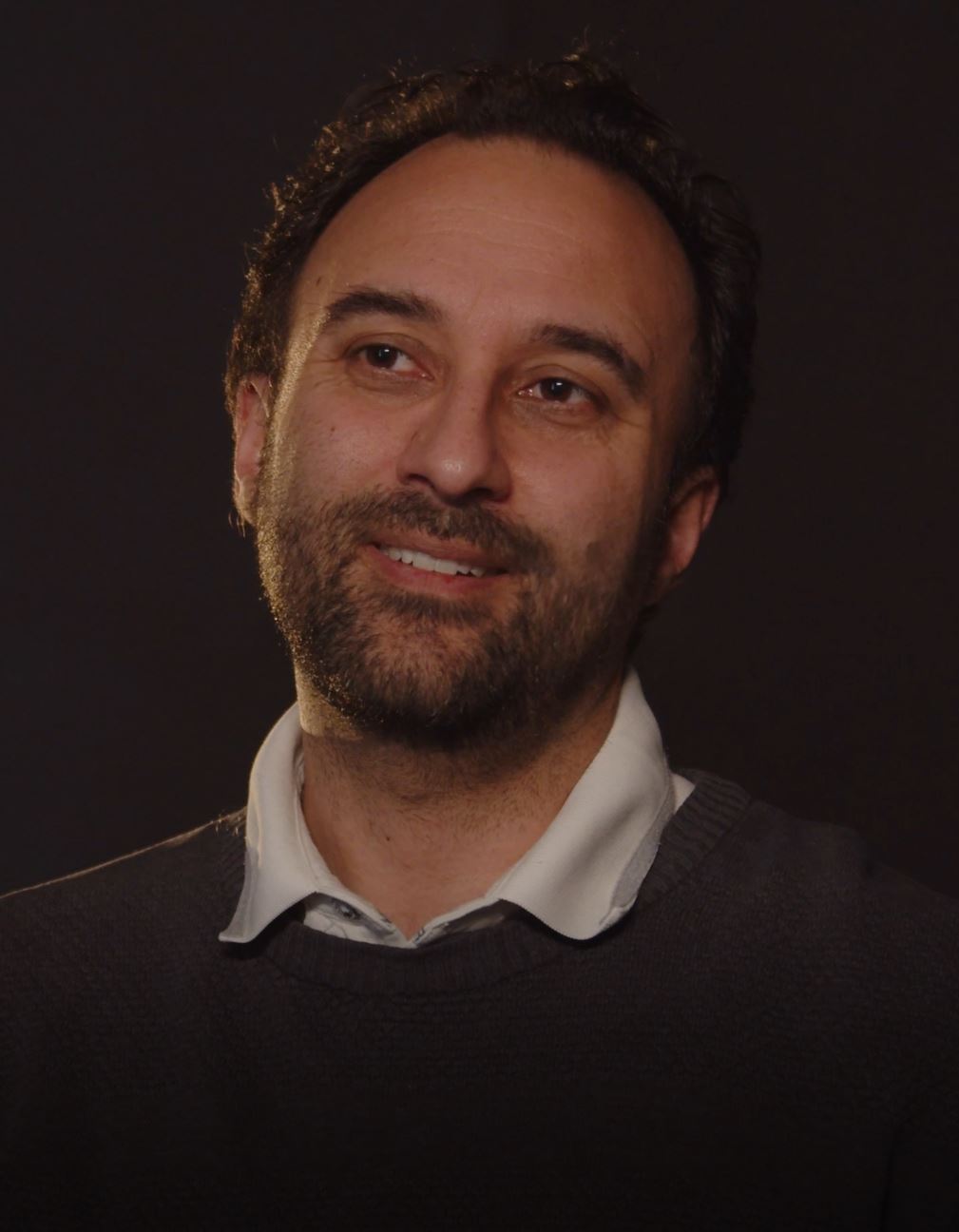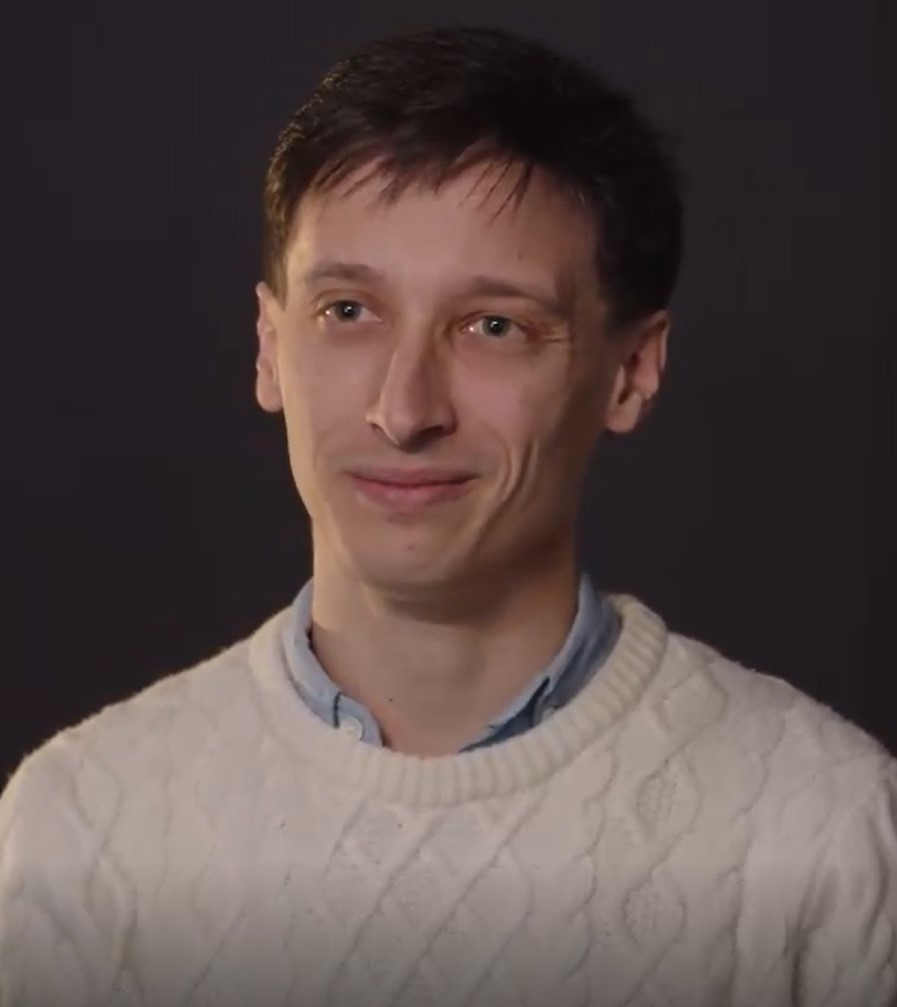Video recording of practice used in one-on-one teaching
Video recordings of practice as a basis for reflective dialogue with the teacher
An activity involving 6-8 meetings over a semester, where the student records their practice sessions to initiate a reflective dialogue with the teacher. The student shares their recordings with the teacher before each meeting, allowing for a 15-20 minute in-person review together. This provides an opportunity for joint reflection on the recordings and the practice process.
Navigate the different aspects of the activity here

Before, during and after the activity
BEFORE
The teacher
- Prepares the students thoroughly for what the activity will involve, how it will be conducted, and why
- Optionally reviews the student’s recording in advance to prepare feedback, though the main focus is on the joint review with the student
The students
- Record their own practice (optionally using a specific practice method) and may consider recording a longer segment, selecting 3-4 minutes to share with the teacher
- Share the recording with the teacher
DURING
The teacher
- Reviews the recordings with the student
- Uses the recordings as a starting point for dialogue and reflection on the practice process
- May pause the recording to highlight effective or ineffective practice behaviors. This activity shifts the teacher’s role from an expert teacher expecting imitation to more of a coaching-oriented role
- Decides on the direction for the next recording, and whether to refine current practice methods or introduce new ways (e.g., random practice, varied practice, new goals/focus areas in practice)
The students
- Watch the recordings with the teacher
- Engage in dialogue and reflection on the recordings and the practice process
AFTER
The students
- Continue working on their practice process based on what was discussed in the meetings. By the end of the activity, students ideally gain new insights that can be applied to their daily practice

Experiences with the activity
Piano students at the Royal Academy of Music Aarhus/Aalborg have participated in reflective dialogues over two semesters with their instrument teachers about their practice processes. The students included bachelor, master’s, and soloist students, meeting with the teacher approximately 6 times per semester. Recording their practice was new for most students (many had only recorded performances), and they initially struggled with not “performing” when making recordings. One student shared: “At first, it felt more artificial, but after a while, I started to relax more and didn’t worry about what I was sharing…”.
Most students found the experience to be highly impactful. One student noted, “… over these months of study, I changed my way of thinking. Practice should have clear intentions and goals rather than unconscious repetition…”. Another added, “My teacher introduced me to random practice and varied practice. I now use the first method every day and will always use it going forward”. The recordings provided students with a new perspective, with one student explaining, “…I discovered what works and what doesn’t. I hadn’t noticed things about my body because I couldn’t see myself”.
The teacher observed that “classical music instruction traditionally focuses heavily on providing feedback on outcomes rather than the process, even though the artistic quality develops through the student’s own work. This work has been mostly invisible, a ‘black box’”. The teacher was also “surprised that it wasn’t enough just to watch the practice together. Concrete knowledge and new methods seem to lead to greater change”.

As a piano teacher, Søren Rastogi has developed and tested using recordings as a feedback tool for conservatory students.
Experiences with the activity
Violin teacher Nicolas Sublet at Royal Academy of Music Aarhus/Aalborg has worked with a variation of this activity focused on maintaining motivation for practice among his students by having them send a short 2-3-minute video 1-2 times per week. The teacher shared that “in this activity, the teacher acts more like a coach” and that the goal is “…to support the student but also ensure they learn something new and improve every day”. The teacher also noted, “it allows me to gain a deeper understanding of how they practice and adjust my pedagogy”. One student, however, “quickly lost motivation”, and they found that sending short videos every other day worked well the first week but less so in the second week. The student has since requested to try the activity again.

As a violin teacher, Nicolas Sublet has used practice recordings to support student motivation.